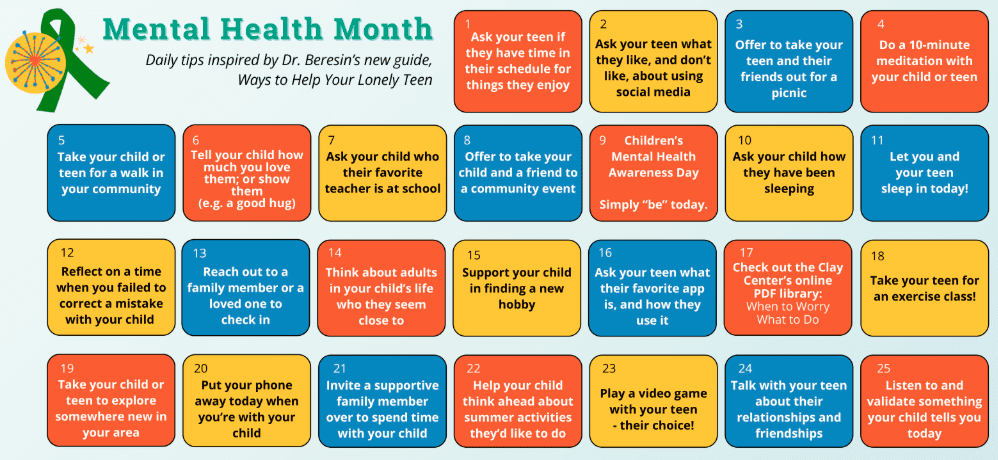How To Make Your Toddler An Adventurous Eater And Cooperative Diner

Posted in: Infants & Toddlers, You & Your Family
Topics: Behavioral Issues, Healthy Living
Young kids are not the most civilized dinner companions. Dinnertime can sometimes feel like sitting with a group of monkeys who like to throw and smear their food, and who have short attention spans once they are done eating. But, this is a critical time for developing family meals as a ritual. This is important for the parents as well as the children. Barbara Fiese, a researcher of family rituals, found that by the time kids were pre-school age, if parents found little meaning in their daily rituals, they were also less satisfied with their marriages. Also, when children are toddlers, they are more receptive to trying new foods than are children ages 4 to 8. So, the preschool years are not only a great opportunity to get a dinner ritual started, and to also offer your child many new foods.
Parents play a key role at this age in encouraging adventurous eating. The best strategy to prevent picky eating is for parents to model their own enjoyment of foods they are offering their kids at the dinner table. The worst strategy, on the other hand, is for parents to pressure their kids to eat, or to restrict certain foods. If you want your child to try new foods, you shouldn’t tell them they can’t have dessert unless they eat all their vegetables. In a 2008 study in the Journal of Nutrition Education Behavior, researchers found that when parents either used rewards to encourage food tasting, or dismissed a child’s expression of hunger or fullness, the children were almost twice as likely not to eat fruits and vegetables. Another common mistake is for parents to give up too easily if a child refuses a new food. Researchers reported in the American Journal of Dietetic Association that children may need 8 to 15 offerings of new foods before they decide they like the food. Of course, it is important to show some restraint when offering a new food over and over again; perhaps the best way is to eat the new food with gusto in front of your child, and then ask, “Would you like to taste it?” Also, serving food “family style” in bowls or platters placed on the table allows children to see the adults enjoying a food that the kids can just reach out and try.
Enroll Your Young Kids As Sous-Chefs
Toddlers will want to be right in the kitchen with you while you are making dinner. Sometimes, having a low cabinet with a few old pots and pans, wooden spoons and empty squeeze bottles can keep kids occupied for hours. Or, putting a chair up at the sink for them to play with soap, eyedroppers, sponges and plastic buckets can also keep them busy while you prepare dinner. Or, a young child may “make” a parallel meal by taking discarded vegetable scraps and mixing them together alongside you.
For young children, the actual sitting down and eating dinner may be less important than the fun of helping to create it. Pre-schoolers are as interested in the journey as the destination, as invested in helping to make the meal as to eat it. When you take a walk with them, they may want to pause to look at a piece of trash, or stop to pet a dog. They usually don’t march straight ahead in hopes to get to their destination as quickly as possible. So it is with mealtime. The whole process of mixing, stirring and making a mess fascinates young children. The whirring machines in the kitchen may also be captivating. My son Joe was obsessed with kitchen machines as a toddler, running to the Kitchen Aid mixer as soon as he woke up in the morning to tell me with a gesture that he wanted to beat some eggs. We ate meringues, soufflés and brownies at least once a day for a year.
Of course, there will be many evenings when you just want to get food on the table as quickly as possible. There may be other nights when it is relaxing to cook dinner in a quiet kitchen while your partner entertains or bathes the children somewhere else. But, one of the great joys of having toddlers is their willingness to jump in and help. Some recipes particularly lend them themselves to having your children help with the preparation. As an extra bonus, a child’s participation in the making of the meal usually guarantees that the child is invested in wanting to eat his or her creation. The young cook may even try to entice his or her siblings into trying the dish.
The main challenge at this stage of development is making a dinner that will appeal to both the children and the grown-ups, since the last thing you want to do is make multiple meals. A few basic principles can help bridge the age span:
- Create meals that have some flexibility built into them. For example, you can roll some chicken tenders in breadcrumbs and Parmesan cheese for the kids. Meanwhile, as Laurie Colwin wrote in her book Home Cooking, you can mix up some mustard with crushed garlic, a dash of cinnamon and a dash of cayenne pepper. Slather this mixture on some other chicken tenders, and roll in breadcrumbs. Dab all of the chicken with a little butter, and pop them into a 375-degree oven for an hour; you will have tasty chicken for both kids and parents in no time.
- Prepare a meal that gives toddlers something to do. My kids loved to pull the basil leaves off their stems. Then, we’d put them into a food processor with a clove of garlic, salt, grated Parmesan cheese and olive oil. This quick pesto sauce can be put on any kind of pasta. Add some poached chicken that you shred, or a few shrimp that you sauté, and you have a complete meal.
- Choose foods that are brightly colored, like the colors in their crayon boxes. Starting with a base of sautéed onions and apples, (after about 5 minutes they will soften), add a container of chicken broth and a cut-up head of broccoli. After about 30 minutes, puree this mixture. Or, instead of broccoli, add a box of frozen peas. Both soups will create a lovely green concoction. Alternatively, you can sauté an onion and a clove of garlic until soft, and then add a container of chicken broth, a bunch of cut-up carrots and a few chunks of potatoes. Puree this mixture in the Cuisinart when the carrots and potatoes soften, and you will have a soup the color of bright sunshine. To complete these soup dishes, you can toast some bread, and spread avocado with melted cheese. Arrange a few pieces of fruit on the plate as a final step, and you will soon have a veritable rainbow.
- Avoid letting food become an area of struggle over who has power. Letting your child have choices at the table and in other areas of their life will make food less charged. For example, if your child refuses to eat a particular meal, it is best to stay calm and not send her away from the table. You might offer her an alternative, like cereal with milk, or a peanut butter and jelly sandwich—choices, yes, but nothing too exciting, and nothing that makes too much extra work for you.
A version of this post originally appeared and was written by the author (Fishel) in The Family Dinner Project’s Food for Thought blog on March 3, 2011.
Was this post helpful?
Newsletter
Subscribe Today
Your monthly dose of the latest mental health tips and advice from the expert team at The Clay Center.
SubscribeMultimedia
Quick Jumps
Tag Cloud
-
addiction
ADHD
adolescents
anorexia
anxiety
autism
behavior
CBT
child development
children
college
communication
covid-19
depression
digital media
dyslexia
eating disorder
evaluation
family
fear
healthy development
learning
learning disabilities
learning disability
mental health
mental illness
parenting
parents
Podcast
PTSD
relationships
resilience
school
shrinking it down
social media
stigma
stress
suicide
technology
teenagers
teens
therapy
trauma
treatment
violence

 Share
Share Tweet
Tweet





